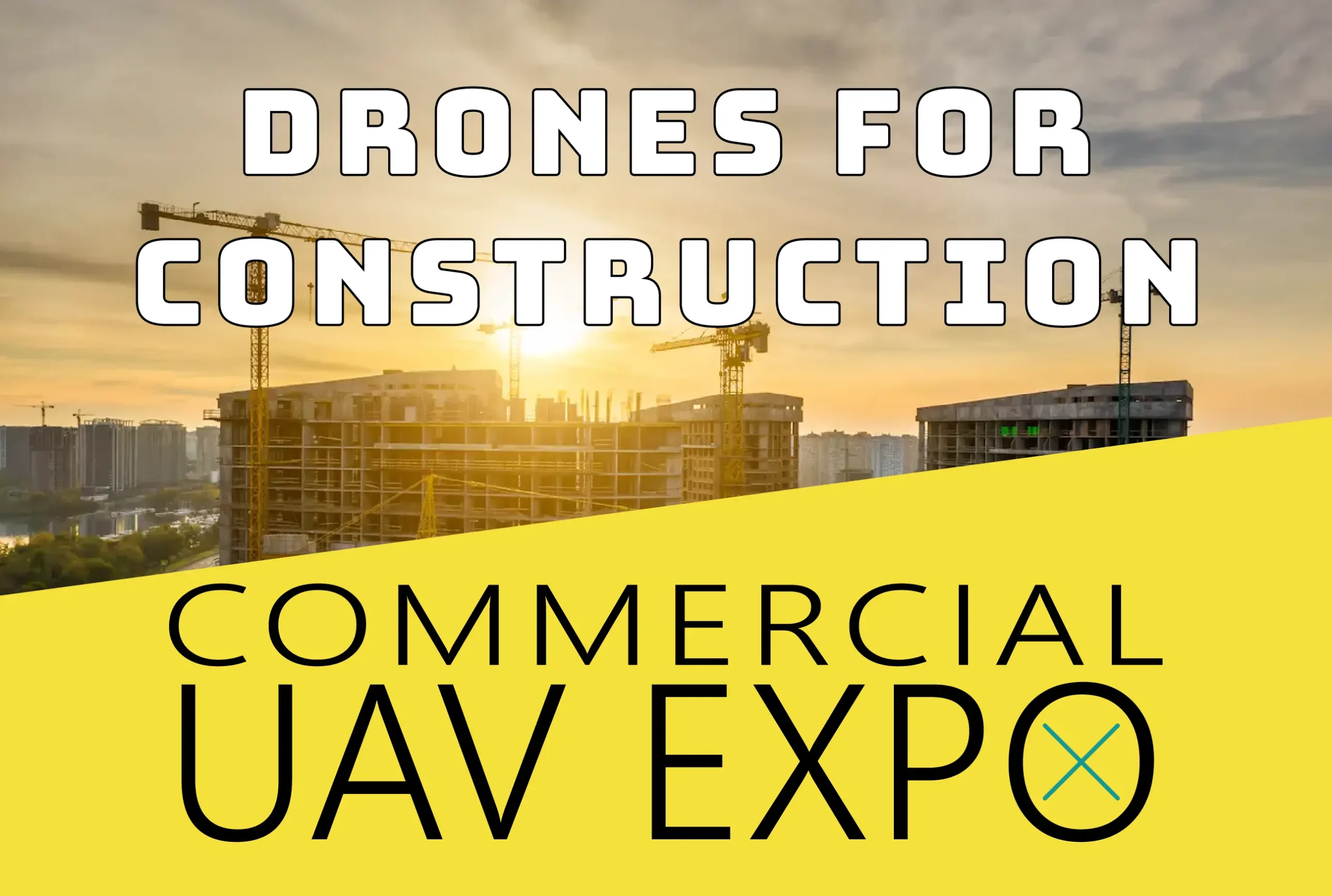We’ve seen it happen more than once. The concrete’s poured, trades are stacked, schedules are tight—and then someone asks, “Wait, where’s the fence going?”
In commercial construction and renovation, fencing still gets treated like an afterthought. But that mindset can stall inspections, delay closeouts, and cost real money. A growing number of contractors and facility teams are rethinking when and how they plan perimeter solutions—and for good reason.
The “It’s Just a Fence” Mistake
We get it. Fencing doesn’t feel like a top priority when you’re juggling structural steel, MEP coordination, or tenant buildouts.
But here’s what gets missed:
- Fences define site boundaries, and gates control traffic—this impacts deliveries, emergency egress, even fire lane access.
- City inspectors and AHJs often flag missing or non-compliant gates. It’s a top reason some projects fail final walkthrough.
- The wrong post locations can end up in conflict with stormwater plans, concrete pads, or even fire hydrants.
On retail, multifamily, or distribution builds, that can turn a $30K fence line into a $50K headache. Or worse, a schedule slip that pushes other trades off track.
Coordination Problems That Hurt Timelines
Here’s where things really go sideways—when fencing is scoped late or loosely coordinated with other trades:
- Concrete pumping delays: Fence post holes need to be bored after slabs cure, but crews often get pulled away if it’s not scheduled early.
- Underground clashes: Conduits for lighting, gate motors, or access control run right through future post locations if nobody flags it during site prep.
- Fire access misfires: Local codes (based on International Building Code) often require exact gate widths, panic hardware, or breakaway chains. Miss it, and you fail inspection.
And sometimes, the coatings or materials used don’t meet spec—especially in coastal or high-salt regions where galvanization or powder coating is essential to avoid warranty issues down the line.
What Specifiers and PMs Should Be Asking
The best fence designs match the building’s use case and the site’s long-term plan—not just the budget.
Here are a few key considerations:
Material Type Approx. Cost/ft Common Use Notes
Vinyl-coated Chain Link $18–$35 Utility/commercial sites Durable, low-maintenance
Galvanized Steel $28–$45 Light industrial, storage Can rust near ocean or de-icers
Powder-Coated Aluminum $40–$75 Retail, HOA, mixed-use Clean appearance, corrosion-proof
Composite/Privacy $60–$100+ Residential/multi-family Higher end, long lead times
Also ask:
- What’s the wind load rating?
- Do I need concrete collars deeper than 36 inches?
- Will the finish meet the building’s 10-year spec?
Why Early Fence Planning Pays Off
We’re seeing more commercial construction and renovation teams plan fence layout right alongside utility and curb drawings. It’s smarter, cleaner, and way less expensive.
Benefits include:
- Faster closeouts (final walk gets smoother when the fence is up and compliant)
- No trenching surprises (gate motors, keypads, and conduit paths are known early)
- Better project appearance (especially on tenant-facing or customer-access sites)
- Fewer warranty risks (coatings, post depths, and gate clearances get done right) Teams working with dedicated commercial fence contractors, like Local Choice Fence, are avoiding rework and speeding up closeouts by locking in spec and layout early—usually before the first concrete truck even rolls in.
FAQ: Quick Fence Answers for Busy PMs
What’s the best fence for commercial construction? Vinyl chain link is still king for budget and durability. But ornamental or powder-coated options are being used more for visibility and appearance.
What causes most fencing delays on commercial job sites? Late planning, miscommunication about gate access control, and missed underground conflicts. Also, last-minute material changes can lead to 4–6 week delays depending on finish and location.
Do I need a permit to install commercial fencing? Usually yes—especially if it’s over 6 feet tall, near a property line, or includes electric/motorized access.
Final Word
Fencing isn’t just a boundary anymore. It’s a core part of access control, site safety, and code compliance. If it’s not in your early planning docs, it’ll show up later as a problem. And problems always cost more than plans.











